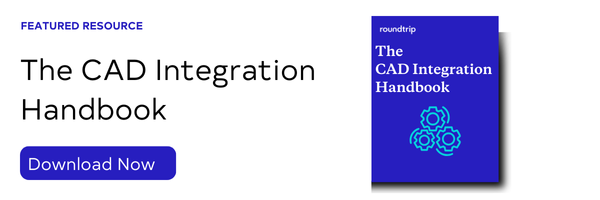In today’s world, efficiency and accuracy are paramount in the transportation industry. Whether you’re a ride booker or a dispatcher, staying on top of pickup times, monitoring ride progress, and ensuring seamless communication between drivers, care coordination teams, and patients are essential for smooth operations. This is where CAD (Computer-Aided Dispatch) integrations come into play, revolutionizing the way transportation companies manage their operations and provide updates to those who need them.
Benefits of CAD Integration
CAD integrations offer many benefits that streamline processes and enhance overall performance. For ride bookers, these integrations provide more comprehensive ride status updates, allowing them to easily monitor ride progress in real time. For example, discharging a patient to a post-acute facility takes multiple team members to complete discharge plan steps – knowing when the BLS Ambulance will arrive gives care team members the ability to plan the workflow so that the patient is ready for discharge.
Status Updates are Key to Improving Operational Efficiency
Actual timestamps for each status ensure accurate timeliness tracking, enabling better discussions for EMS teams around SLAs and contract terms.
A common need is to capture the “desired” discharge time, even if the available transportation companies cannot meet this demand and measure ultimate performance. For example, a case manager may want to move a patient at 1PM, but the transportation company is only available at 4PM, and they agree on that pick up time. However, the transportation company does not arrive until 5:30PM, which is a 4.5 hour discharge delay. Having a CAD integration allows for the objective measurement of these timestamps.
Reduce Human Error and Streamline your Processes
For dispatchers, CAD integrations offer a host of advantages, starting with the elimination of tedious data entry tasks. No more copy and pasting data between systems – with CAD integrations, information flows seamlessly, minimizing the risk of errors and saving valuable time. Additionally, by reducing phone-in requests and providing comprehensive ride status updates, dispatchers can focus on more strategic tasks, improving overall efficiency.
Moreover, CAD integrations help streamline billing processes by providing accurate patient data. By minimizing data errors and automating repetitive tasks, transportation companies can improve their bottom line and enhance patient and care team satisfaction.
CAD integrations with ride-ordering platforms are indispensable tools for transportation companies looking to enhance efficiency, accuracy, and customer satisfaction. By leveraging these integrations, ride bookers and dispatchers alike can enjoy seamless operations, improved communication, and better control over their workflows. Embrace CAD integrations today and experience the ultimate solution between ride booking and dispatching.

